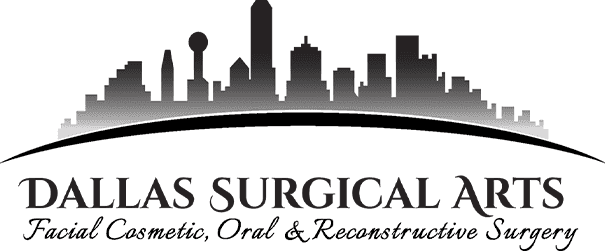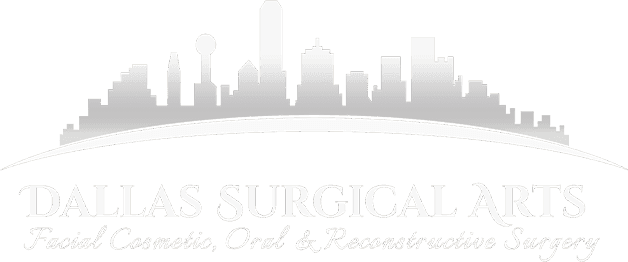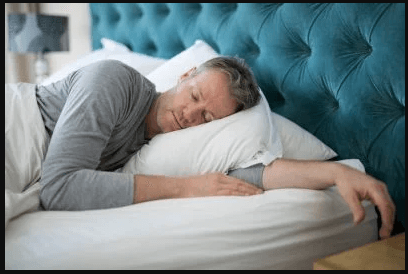Obstructive sleep apnea is a looming health crisis in the United States that many people don’t know about or simply aren’t talking about. In fact, an estimated 22 million Americans have sleep apnea – and about 80 percent of those cases are believed to be obstructive sleep apnea.
Obstructive sleep apnea is a breathing disturbance that occurs only during sleep. It happens when something blocks the upper airway, causing the chest and diaphragm muscles to work overtime to clear the airway for breathing. This dangerous condition can increase patients’ risk of serious complications like stroke by 60 percent, heart disease by 30 percent, and heart failure by 140 percent!
A common treatment for obstructive sleep apnea is a continuous positive airway pressure, or CPAP, machine, which delivers air to the user while he or she sleeps. The use of a CPAP machine has been found to dramatically increase the patient’s quality of life. In fact, according to the Calgary Sleep Apnea Quality of Life Index, using a CPAP machine has been proven to improve everything from users’ social interactions to their daily functioning, emotional functioning, and their sleep apnea symptoms.
Now a new study has found that using a CPAP machine may also help in another surprising way: weight loss. In fact, according to a recent study, obese patients who underwent CPAP therapy lost an average of 5.7 pounds more per month than those who did not use a CPAP machine.
Dr. Randy Sanovich treats patients with sleep apnea in his Dallas, Texas, clinic. He says obstructive sleep apnea and obesity go hand in hand.
“Obstructive sleep apnea is frequently caused by obesity. The pressure on the back of the throat from the excess soft tissue in the mouth can push the airway closed, causing obstructive sleep apnea,” he says.
But it gets worse, says Sanovich.
“It becomes a vicious cycle,” he says. “Poor sleep makes it harder to function during the waking hours, so you are less likely to eat well or get adequate exercise, which contributes to obesity. Then when you do get to bed you may spend the night constantly waking, setting yourself up for another day of sluggishness.”
But while CPAP therapy has been proven beneficial, statistics have shown that many people prescribed a CPAP machine simply don’t use it.
Thankfully, Sanovich says, those who have been unsuccessful on CPAP therapy should not be discouraged, as it is just one method of treating obstructive sleep apnea.
“There are other options available for patients who don’t like wearing the CPAP mask,” he says. “At my practice, we treat patients with CPAP therapy, or surgically with procedures like uvulo-palato-pharyngoplasty (UPPP) and laser-assisted uvulopalatoplasty (LAUPP). These procedures are permanent alternatives to CPAP therapy and provide my patients all the benefits of CPAP therapy without having to wear the mask every night.”


